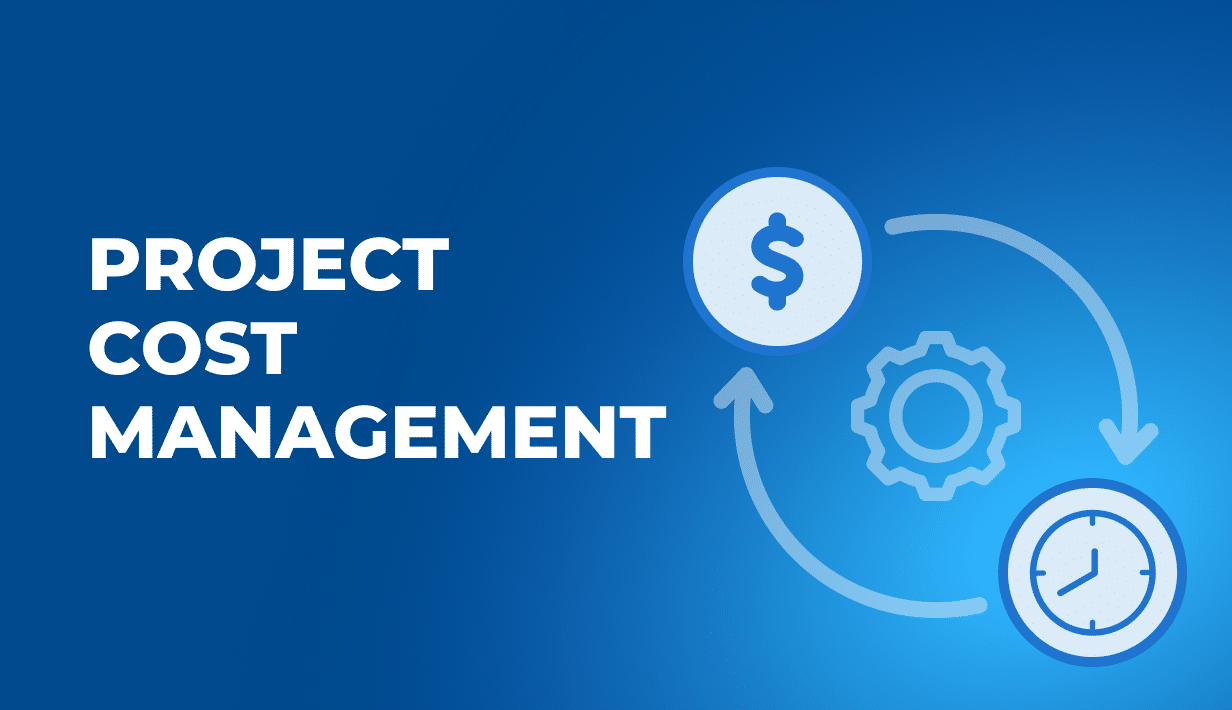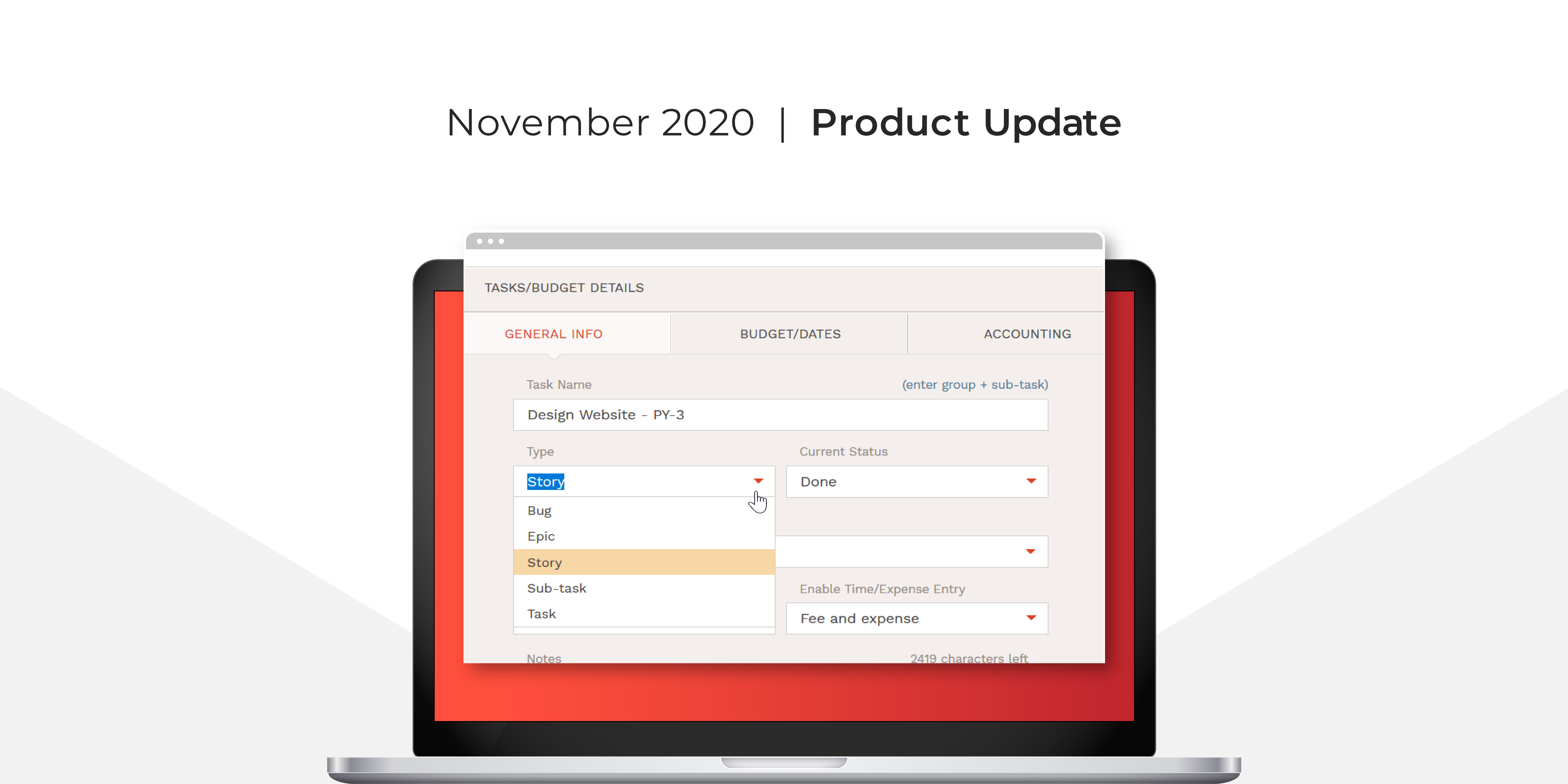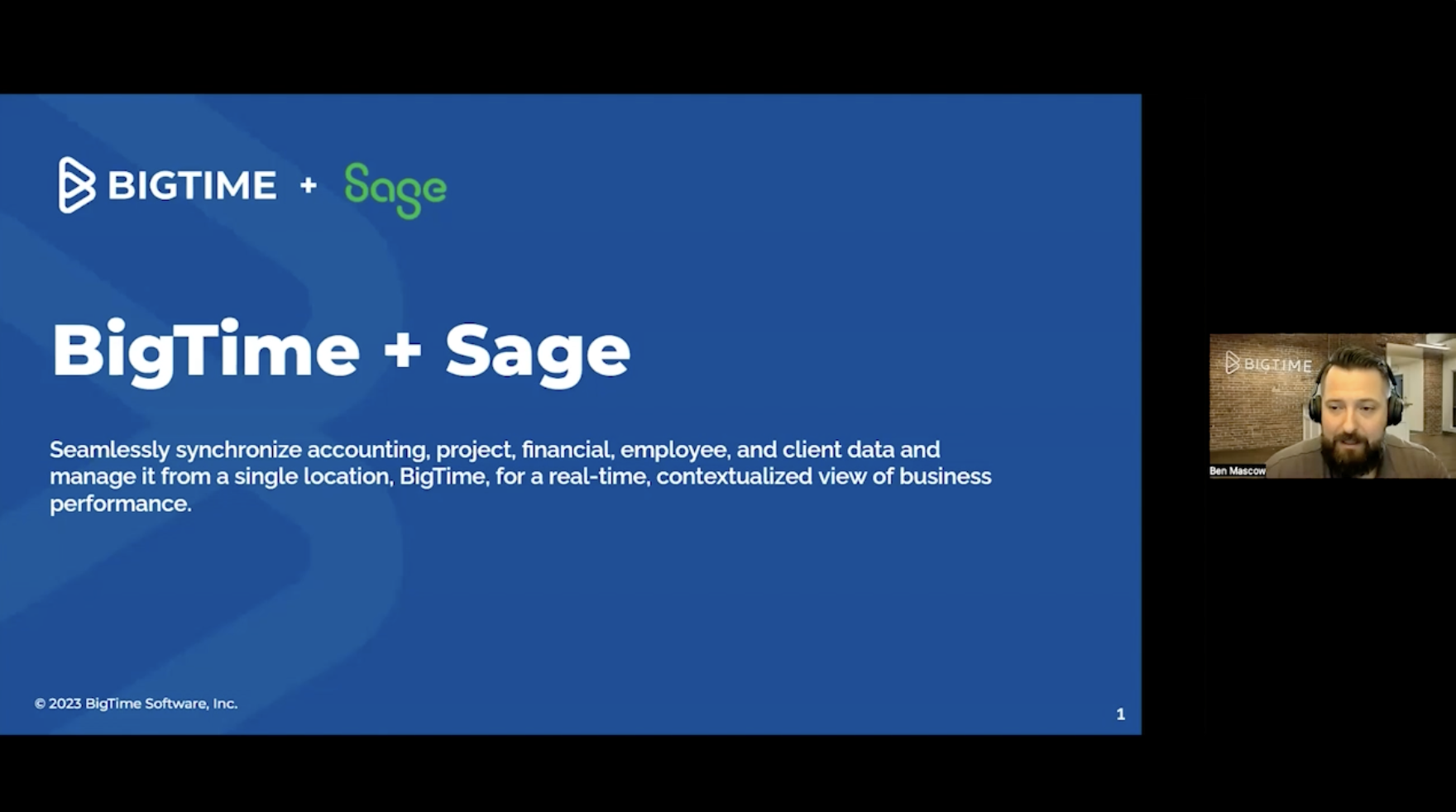How do you define project scheduling?
Project scheduling in project management can be defined as creating a list of objectives, deliverables, and milestones for a project and using them to prepare a comprehensive project plan.
What are the types of schedules in project management?
Scheduling in project management can be very granular, depending on its purpose. Consequently, we can divide such plans into three categories:
- General project scheduling that provides an overview of all the activities needed to complete the project.
- Milestone project scheduling that focuses on the main objectives for each stage or period of the project.
- Detailed project scheduling that delves into the details of each part of the work, showing consecutive tasks and the people responsible for each of them.
5 Steps to Create a Perfect Project Scheduling Process
Project scheduling does not have to be a chaotic experience fueled by an inconsistent information flow and wishful thinking. In fact, the whole process can be organized in just a few steps, shown below.
1. Identify the Scope of the Project
Before you start project scheduling, you need to know what you are scheduling your resources for. Therefore, you have to identify the project scope.
Many sources define the project’s scope as a list of objectives for a project to fulfill. However, it’s not that simple.
How to Create a Detailed Description of the Project
To execute the project correctly, you need to have a very detailed description of the operation. It is necessary to identify a critical path for the project. The outline should include:
- A list of specific goals and deliverables for the entire project and its subsequent stages.
- An overview of tasks and skills necessary to complete them.
- The estimated cost of every operation included in the project.
- Preferred deadlines for the entire project and each of its stages.
- Acceptance criteria.
- Project constraints.
How to Improve the Accuracy of the Project Scope
For all these conclusions to be accurate (and for the project schedule to be accurate, too), identification of the project scope requires constant communication with stakeholders, excellent documentation, and an open-minded approach. Therefore, it comes as no surprise that many project managers find this part of the project scheduling process very burdensome.
However, the critical path method and work breakdown structure are essential for identifying the key objectives of the project schedule, and it is one of the major project success factors. Therefore, we highly recommend focusing on that part of the process for the sake of your team members!
2. Prepare the Estimates
Using the information you gathered in the previous steps with both the critical path method and work breakdown structure, you can now put the milestones and main objectives on the timeline, creating the very first draft of the project schedule.
Determining the Right Timeline
Still, creating a project schedule requires some more analysis. To complete it, first take a look at the existing operations and:
- Determine when the project should begin and end, if possible. This is mostly applicable to waterfall projects that have a definite end date.
- Determine how many hours a month your specialists will spend working on a customer’s project.
- At the same time, try to define the milestones both for the project and its finances, as they are the key to creating accurate estimates for project scheduling.
Move on to Forecasting
Having done that, create a forecast of the cost of all the operations on your part and compare them to the estimated income from the project. Remember to monitor the profit margin — otherwise you may end up with no additional revenue.
Based on the forecast, you will know exactly what resources and skills are required to complete the project, or a part of it. Therefore, it will be easier for you to complete the resource management process.

3. Resource Management
Having finished with resource forecasting, you can also see what skills and, consequently, what specialists are necessary to bring the idea to life, and when they are necessary. That means you can start allocating resources.
Resource Management: Key Factors
However, resource planning is not an easy task. To complete it successfully, you need to take numerous variables into account. These include:
- Public holidays
- Individual absences
- Pre-existing allocations in other projects
- Specialists’ capacity and utilization
- + more
Allocation of Resources
After obtaining the information, you can assign team members to the consecutive stages of the project. We highly recommend you use Gantt charts or calendars to do so, as they are perfect for displaying dependencies and connections between projects — even with some more complex data, such as part-time allocations and tracked hours.
4. Create the Final Timeline
If you allocated the resources successfully with our project scheduling techniques and made no mistakes, you can then take a look at the final project timeline.
If you use resource management software, the timeline will automatically be generated in the project calendar. If you don’t use such tools, you can test them manually using Excel. Read our blog, How to Create a Project Timeline for more information on this topic.
5. Track Progress and Make Necessary Changes
Naturally, things don’t always go according to plan, and we can’t avoid that even with the best scheduling techniques. Fortunately for you, with project scheduling included in your work, you can easily manage any changes to the project schedule and use them to your advantage.
Track Time
The first step to do that is time tracking. As simple as it sounds, time tracking allows project managers to stay on top of the planned work and see whether everything is going as planned. When worked hours appear in the system, you will be able to identify significant problems, such as overtime or lack of resources for the job.
Monitor the Progress
Then, on a more general level, you can monitor the project’s progress and compare it to the project schedule. You can do that by analyzing both tracked and scheduled hours. Additionally, we recommend you do the same for the budget included in the project schedule — that may help you avoid losing profits due to mishaps.
Project Scheduling Examples
All right, you know the theory — now it’s time for examples you can use in your project management right away.
Project scheduling examples by methodology
Project schedules may, of course, differ depending on various circumstances. The type of methodology used for the project is one of them. Let’s take a closer look at that.
Project Scheduling for Waterfall Projects
Waterfall projects have their start date and end date set by the project managers even before they start. Therefore, they can be planned from start to finish as a whole.
To successfully complete project management for a waterfall project, you need to start with a detailed project scope. Then, estimate the time needed to complete each project stage, from start to finish — Gantt charts are a perfect tool for that.
Having done that, allocate team members and calculate their costs (including company and project overheads as well).
Estimates for Waterfall Project Scheduling
This will result in a comprehensive project schedule with a budget. With that in hand, you can check whether the project’s profitability is good enough for your business and make changes accordingly.
Project Scheduling for Agile Projects
Agile projects are divided into sprints that mark its completion with the development of new features or other increments. Therefore, project management for them looks a bit different than for waterfall projects.
Project Scope vs. Agile Project
Just like in any other type of project scheduling, your company needs to start off with a project scope. Then, you should divide the scope into periods corresponding to developing new features or any other milestones customers may find crucial. These are usually determined by using a critical path.
After that, the project scheduling process focuses on the given periods instead of the entirety of the operations. Then, you can assign team members to particular sprints and calculate the budget for each consecutive phase, creating numerous smaller project schedules. After that, you can use that information to estimate the financials and timeline of the entire project.
Project Scheduling Examples by Billing Type
But what if the methodology is not the only problem? What if the budget also gets in the way?
Project schedules can be adjusted to such a case. Let’s look at some example below..
Project Scheduling for T&M Projects
Time and material projects may sound simple: calculate the number of hours worked and bill the customer for them. However, how does this approach affect project scheduling?
For these projects, the scheduling process is the same as the one we introduced to you above. There is only one difference: the project schedule is created once every billing cycle, whatever it might be.
Project Management for T&M Project
For a time and material project that is paid for every month, the project schedule starts before the month begins. Just like in previous cases, it begins with determining the critical path for the project and its key objectives. This results in an outline of the work that needs to be done during that time, including people and their costs. Then, that information is combined with overheads to create a comprehensive timeline with budgeting that can be used as a project schedule.
Project Scheduling for Fixed-Price Projects
Fixed-price projects have a limited budget that has to be enough to cover the work and leave the company with decent profits. Still, it’s easier said than done.
A typical scheduling process for a fixed-price project starts with the project’s scope. However, in this case, project managers have to pay even more attention to it.
That’s because the project’s price needs to cover all the expenses included in the scope. We recommend a detailed description of the operations for that purpose.
The estimations and resource planning process are even more important for project scheduling in fixed-price projects. That’s because as people are assigned to the project, its costs rise, putting the profit margin at risk.
Additionally, many project managers put their operations in jeopardy because they fail to include overhead costs in their project budget. This also needs to be done during project scheduling.
Therefore, to avoid the expenses going through the roof, the estimations should be done with real-time reports at hand. This is the best way to identify any obstacles or, worse, underpriced operation.!
Project Scheduling for Retainer Projects
Retainer projects usually involve slow-paced development. In terms of finances, they are just like a subscription: a customer pays a sum of money every month to get a range of services included in their package.
But how is this package reflected in the project timeline?
On a very general level, project scheduling for retainer projects work just like scheduling for T&M projects. However, instead of calculating the data for the entire project, project managers just need to focus on estimates for a single billing period.
Project Scheduling Techniques: How to Succeed
The base of project scheduling in project management is always the same. But what if you wanted to be even more certain that everything will work out?
Here are some techniques you can use to improve the schedule management process even further and avoid additional problems:
- Rely on relevant stakeholders from the start. Do not negotiate with dozens of people vaguely interested in cooperation; find a single person responsible for the project on the customer’s side to improve communication.
- Use historical data to improve plans and estimates. Collect the information in planning and scheduling tools as you go and draw conclusions to improve in the future.
- Include all stages, tasks, and milestones in the plan. Don’t assume that you can ignore certain parts of the project. Use Kanban boards or Gantt charts to create transparent task dependencies and project plans.
- Don’t assume that things will go 100% according to the plan. Book 80% of your specialists’ capacity, add some time to every stage of the project, and leave some more room for unexpected events.
- Define critical objectives. Some tasks are simply much more important than others. Identify them and keep them in mind throughout the project to achieve better results.
- Include the organization’s overheads in profitability calculations. Costs of technologies, office equipment, and support staff affect your margins, too.
- Take the costs of people and resources into account. In the end, profit is what you are looking for, and to achieve that, you need to take the finances into consideration while preparing a resource management plan.
- Use tools capable of visualizing the data such as timelines, workload, and progress.
Can project scheduling tools help me do all of that?
The answer is yes, of course!
Project scheduling tools offer dozens of features that are perfectly suited to the needs of project managers. These include:
- Resource planning
- Skill management
- Project portfolio management
- Project accounting
- Time tracking
- Business intelligence
Benefits of Project Scheduling in Project Management
Project scheduling offers several advantages that can be used not only to complete the project but also to improve the quality of work in the entire company. These benefits include:
- Improved project portfolio management. Better planning, better resource allocation, and better reliability for every project is guaranteed.
- Easy project progress monitoring. If a comparison of the actuals with the project schedule shows some changes, you can react to them and find the problem before it affects the project.
- Transparent communication for all the parties involved. A project schedule helps all the stakeholders stay on the same page as the provider.
- Better risk management. With project scheduling software based on the critical path, you can easily identify any inconsistencies, delays, or lack of resources and resolve them before they threaten the company’s operations.
- Simpler project allocation. Availability of resources is no longer an enigma when you can see all the information in a single plan.
- Clearly defined profitability. Budgeting is always a challenge, but with a project schedule, it is much more predictable — and beneficial.





